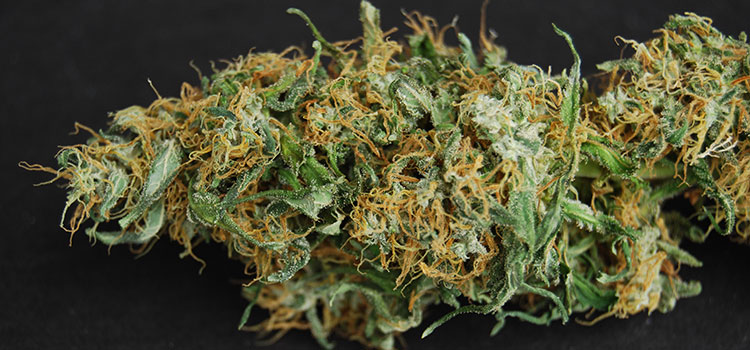A study released last week by the University of Washington-based Cannabis Law Policy Project (CLPP) found that the currently allotted cannabis canopy in Washington should be enough to satisfy both the recreational and medical marijuana markets. However, some cannabis insiders have already voiced concerns over the findings’ validity.
The study was requested by the Washington Liquor and Cannabis Board (LCB) amid concerns that state-licensed cannabis retailers might not be able to provide for the state’s medical marijuana patients after July 1, which is the deadline for all non-licensed, grey market dispensaries to permanently shutter their doors. The study confirmed that the 12.3 million square feet currently allotted for the state’s legal cannabis canopy should be sufficient.
Sean O’Connor, the report’s principal investigator, said in a statement, “It was important to design this study the right way and engage in careful empirical research reaching out directly to medical dispensaries and growers across the state.” O’Connor is faculty director for the CLPP and a Boeing International Professor at UW Law.
One factor that has some industry experts concerned, however, is that UW researchers appear to have reached this conclusion by placing faith in the findings of a December, 2015 BOTEC study that, according to many, grossly underestimated the actual demand of Washington’s medical marijuana consumers.
Jim MacRae, founder of cannabis industry consulting agency Straight Line Analytics, has argued that BOTEC’s study contained flaws at its most fundamental levels.
The report (which was conducted during the early fall of 2015) collected data from existing grey market dispensaries to determine the likely patient base and amount of cannabis supported by the medical industry. However, the problem with this logic, according to MacRae, is that when BOTEC began collecting its data on Washington’s medical marijuana last fall, the marketplace was already facing a systematic down-sizing through over-reaching, legislative restrictions.
Ultimately, the methodology came down to this: unregulated dispensaries had been asked by an organization representing the Washington state government to disclose information about how much of a federally-prohibited substance they had sold in a non-taxed and unregulated grey market.
“Many of these people have not paid any taxes,” MacRae told Ganjapreneur. “Some of these people have now had to come into the light [to be] considered compliant enough to have a chance at existing after July 1. Don’t you think there might be a systematic bias there?”
Despite his concerns about the recent study, MacRae emphasized that he still holds a certain amount of respect for Seattle’s most well-established academic institution. However, hypothetically: “If I had a child right now that was looking to go to law school — and that child was thinking about going to the University of Washington law school — I would be a little less supportive of that decision today than I would have been yesterday,” he said.
Some industry members, however, believe that regulators should be focusing more on facilitating the movement of products that already exist in the wholesale market to store shelves where they can be accessed by consumers. Licensed cannabis producer Danielle Rosellison, co-founder of Trail Blazin’ Productions in Bellingham, said she is not particularly concerned about whether or not the state has enough allotted canopy space at this time. Rather, she wonders if there are enough retailers to dispense the product already being grown.
“If you look at all the [cannabis] farmers — and how many farmers are having a difficult time selling their product — I’m not sure that opening it up … to create more products is a good idea yet,” Rosellison said. “Do I think that this is forever? No. But I think for right now, to give those people a fighting chance, … the focus should really be on opening more retail stores.”
Get daily cannabis business news updates. Subscribe
End
